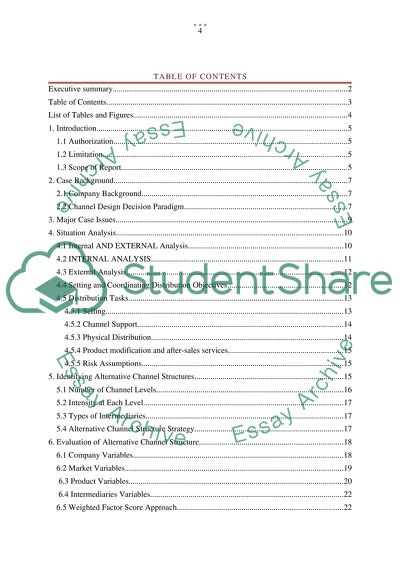Cite this document
(“The most effective channel structure Essay Example | Topics and Well Written Essays - 3000 words”, n.d.)
Retrieved from https://studentshare.org/marketing/1401475-outline-the-most-effective-channel-structure
Retrieved from https://studentshare.org/marketing/1401475-outline-the-most-effective-channel-structure
(The Most Effective Channel Structure Essay Example | Topics and Well Written Essays - 3000 Words)
https://studentshare.org/marketing/1401475-outline-the-most-effective-channel-structure.
https://studentshare.org/marketing/1401475-outline-the-most-effective-channel-structure.
“The Most Effective Channel Structure Essay Example | Topics and Well Written Essays - 3000 Words”, n.d. https://studentshare.org/marketing/1401475-outline-the-most-effective-channel-structure.


